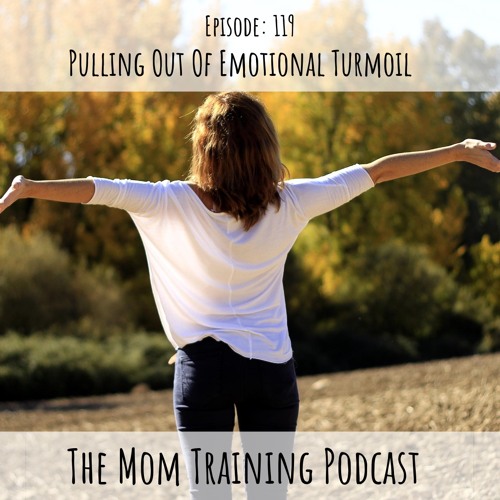

The National Alliance on Mental Illness of Southern Arizona puts this very well: Depending on the specific mental disorder involved, a person’s physical, social, or cognitive skills may also be affected. ( 3)Īs is evident in IDEA’s definition, emotional disturbances can affect an individual in areas beyond the emotional. (E) A tendency to develop physical symptoms or fears associated with personal or school problems.” ( 2)Īs defined by IDEA, emotional disturbance includes schizophrenia but does not apply to children who are socially maladjusted, unless it is determined that they have an emotional disturbance. (D) A general pervasive mood of unhappiness or depression. (C) Inappropriate types of behavior or feelings under normal circumstances. (B) An inability to build or maintain satisfactory interpersonal relationships with peers and teachers. (A) An inability to learn that cannot be explained by intellectual, sensory, or health factors. “…a condition exhibiting one or more of the following characteristics over a long period of time and to a marked degree that adversely affects a child’s educational performance: IDEA defines emotional disturbance as follows:

We’ve chosen to use the term “emotional disturbance” in this fact sheet because that is the term used in the nation’s special education law, the Individuals with Disabilities Education Act ( IDEA). In either case, keep reading to find out what different emotional distubances have in common, how they are defined in federal law, and where to find more detailed information on specific disorders.Ī Look at Specific Emotional Disturbances

You may be reading this fact sheet with one of these specific disorders in mind, or you may be looking for information about emotional disturbances in general. obsessive-compulsive disorder (OCD) and.bipolar disorder (sometimes called manic-depression).Beneath these umbrella terms, there is actually a wide range of specific conditions that differ from one another in their characteristics and treatment. We refer to mental disorders using different “umbrella” terms such as emotional disturbance, behavioral disorders, or mental illness.

The fact is, many mental disorders have their beginnings in childhood or adolescence, yet may go undiagnosed and untreated for years. The mental health of our children is a natural and important concern for us all.


 0 kommentar(er)
0 kommentar(er)
